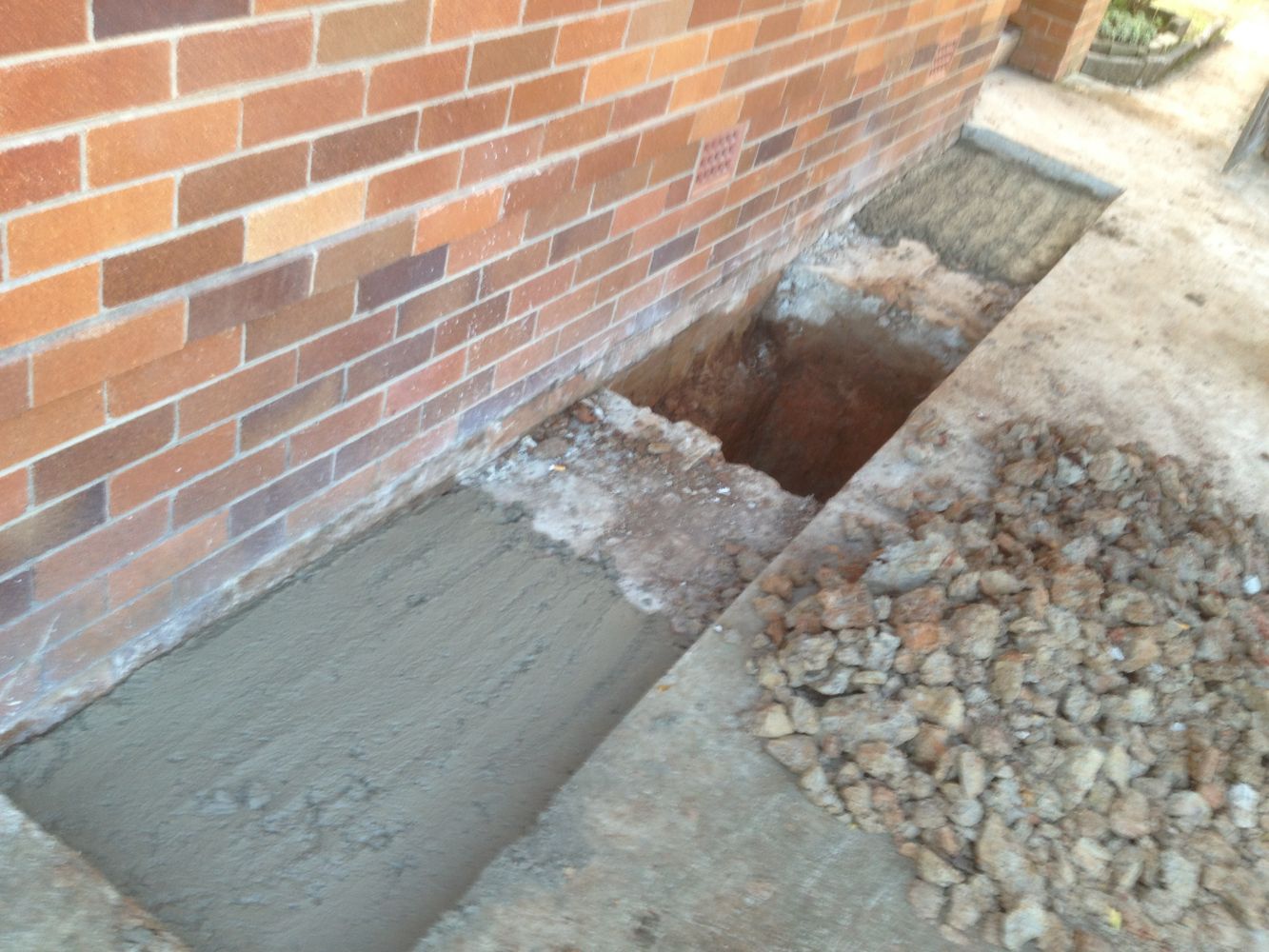Choosing the right house underpinning method
If your home is not supported by its foundation fully, it is due to underpinning. In general, house underpinning is a part of strengthening and enlarging foundations. There are several different types of underpinning activities in the industry.

Concrete underpinning is regarded as one of the most commonly used methods. Currently, resin injection is another well-known method for house underpinning. This is a job that has to be accomplished by experts who are aware of its real nicks and knacks. Luckily, house underpinning is not rocket science. A little bit of foreknowledge will help you come up with informed decisions of how and why underpinning should be done.
Understanding the Need!
Before you think about investing on house underpinning, here are few reasons why the process is extremely important for any structure or house:
- Underpinning will make your foundation extremely strong. If the foundation is faulty, underpinning will resolve it.
- Soil subsidence can cause lots of foundation issues. Subsidence can cause unexpected sinking too!
- Excavation can undermine the foundation.
- With extra weight and additional stories, the foundation has to become stronger. This is when underpinning becomes useful.
- Earthquakes, flooding and other catastrophic causes can weaken the foundation too.
The Ultimate Bottom Line
These are some of the prime reasons behind the need for underpinning. A second storey and a faulty foundation can be a clear indication that concrete reinforcements are required.

If your home is affected by soil subsidence, resin injection can prevent the structure from becoming weak and moving. Before you decide on what kind of underpinning should be done, you should get the soil tested by a geotechnical engineer or a structural engineer. These professionals will help you decide what underpinning method is required.

Choosing the Right Method!
Concreters rely on numerous techniques to complete underpinning. Nonetheless, the basic principle is more-or-less the same. Concrete pinning can elevate the foundation’s overall strength and weight. This method requires lots of excavation and changes to the existing foundation.

On the other hand, resin injection is simpler. It works miracles on reactive soils. Resin injection doesn’t usually require excavation as the ingredients are injected straight into the soil’s surface directly. Resin is capable of binding with soil perfectly. As a result, all holes and other ground issues are covered fully. However, resin underpinning, for this reason is generally a more expensive method.
Does your home need underpinning or reblocking? Get up to 5 quotes from local tradies.
Find a Local Underpinning Expert